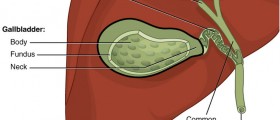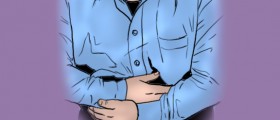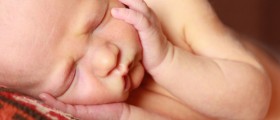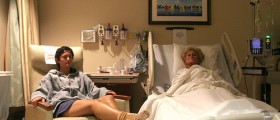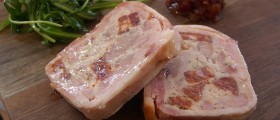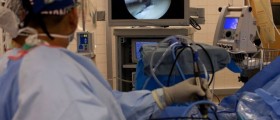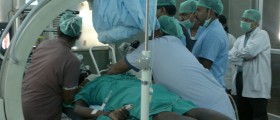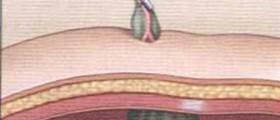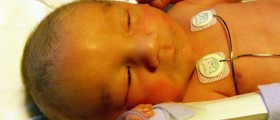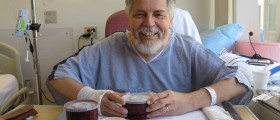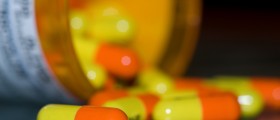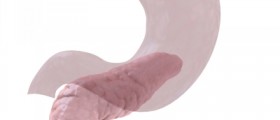Overview
The gallbladder is a sac-like hollow organ that collects and stores bile from the liver. The bile is secreted through the bile ducts into the small intestine where the fluid is used to break down fatty food consumed in the individual's diet.
Gallbladder agenesis usually presents in one's 20s or 30s as an incidental finding when the affected individual complains of biliary colic (dull and cramping pain in the right upper quadrant of the abdomen) and an ultrasound examination yields an absent gallbladder.
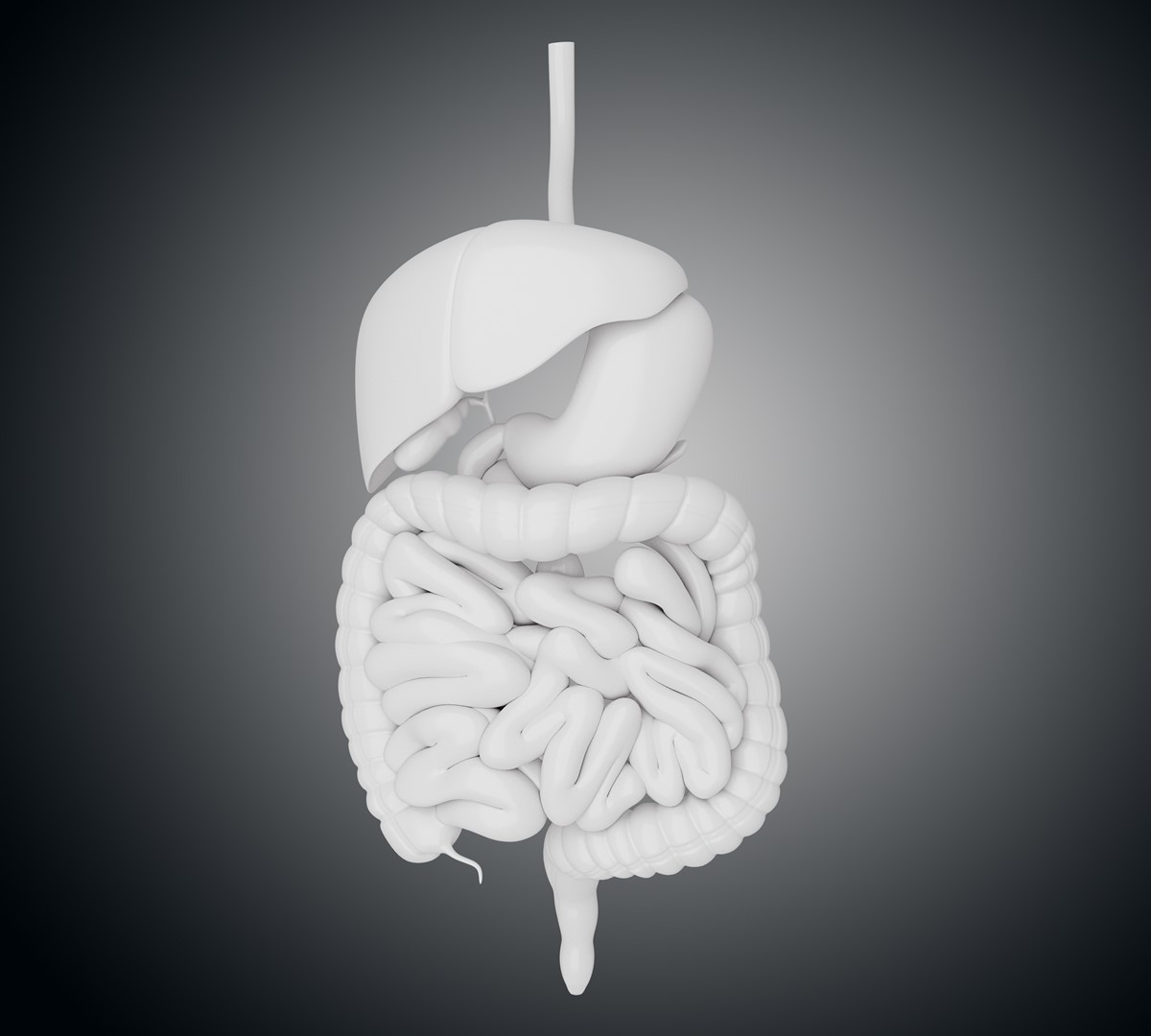
How the Diagnosis is made
When an ultrasound examination demonstrates an absent gallbladder, confirmatory investigations need to be performed. This includes performing a magnetic resonance cholangeopacreatography (MRCP) to visualize the entire biliary and pancreatic ducts as well as the origin of these vessels, the gallbladder.
Management
Patients with an absent gallbladder and who don't experience any issues relating to the organ don't need to be managed in any way. The bile from the liver basically passes via the biliary ducts straight into the small intestines without increasing the risk of any intestinal or colonic complications.
For the patients who do inexplicably present with colicky symptoms involving the biliary duct, and where no gallstones are present, the treatment is symptomatic using anti-spasmodic medication to relieve the symptoms.
For those patients who don't respond to the medication, a surgical procedure known as a sphincterotomy is performed where the opening of the biliary duct into the small intestine is cut into in order to allow a bigger opening for bile to flow through.
Recommendations and Suggestions
As mentioned, gallbladder agenesis without any symptoms doesn't need any further intervention but there are those affected individuals who recommend trying to avoid consuming fatty foods. The reason for this is that not enough bile is stored since there's no gallbladder, which means that the fat that is consumed won't be digested properly. The result is that these individuals may experience symptoms such as indigestion, nausea, abdominal bloating, or diarrhea.
There may also be an issue with absorbing the fat-soluble vitamins A, D, E, and K due to the reduced level of bile available and this can lead to problems such as weak nails, dry skin, and brittle hair so these vitamins may need to be supplemented.
- www.ncbi.nlm.nih.gov/pmc/articles/PMC3250652/
- Photo courtesy of SteadyHealth


